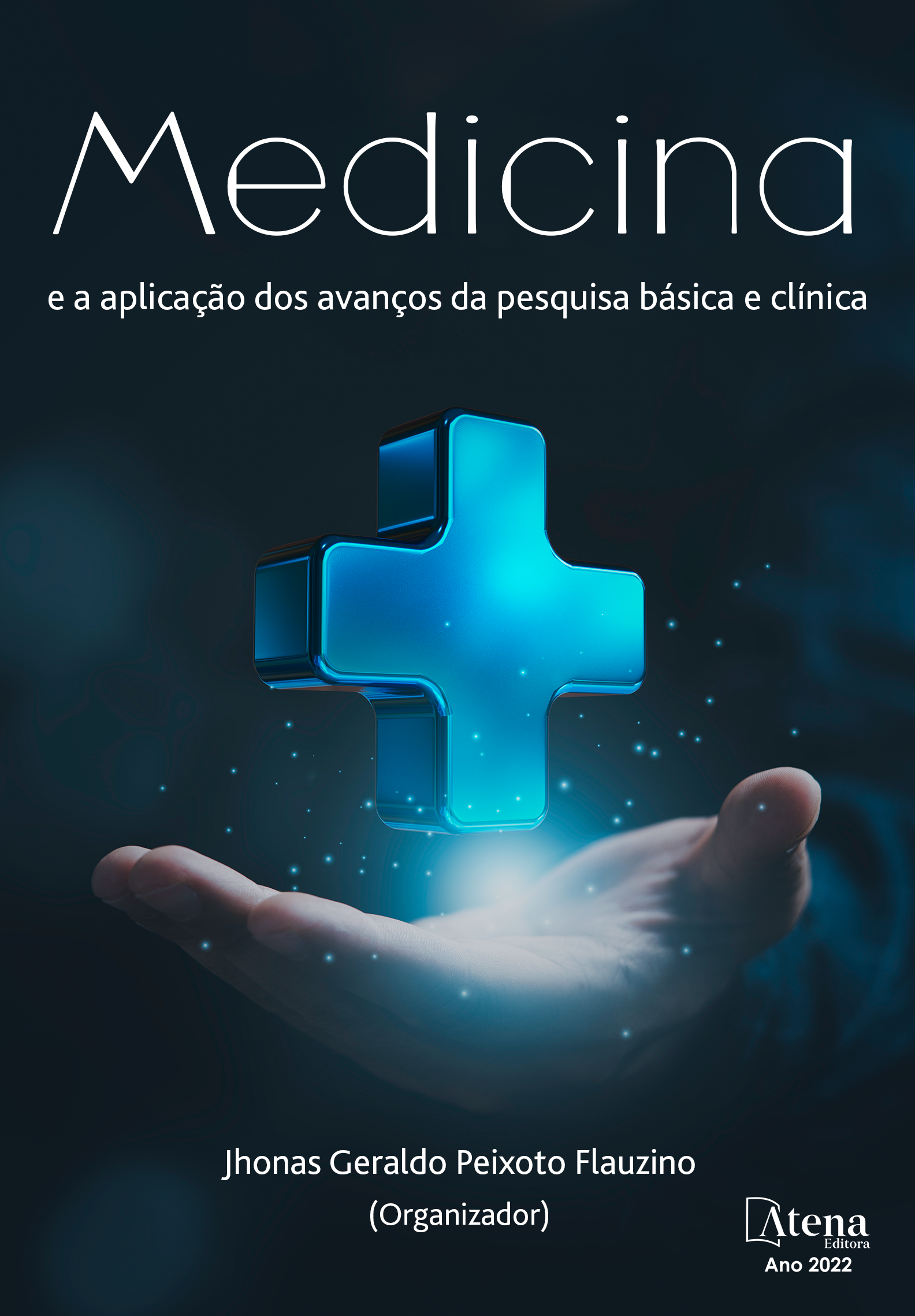
ENGENHARIA DE TECIDOS DA CÓRNEA: UMA REVISÃO DE LITERATURA
A visão é um dos mais importantes sentidos no desenvolvimento físico e cognitivo normal dos seres humanos, lesões localizadas em estruturas oculares e/ou corticais são comumente encontradas na sociedade. A córnea, um dos principais componentes do olho, consiste em uma camada transparente na frente da íris e da pupila, que protege o globo ocular e ajuda a centralizar a luz na retina. É composta por células, proteínas e líquido. Para o bom funcionamento da visão, é necessário que a córnea tenha uma transparência satisfatória e também, curvatura adequada. Na ocorrência da perda de alguns desses aspectos, ela pode se tornar embaçada, desfocada e a luz recebida através da pupila passa a não alcançar a retina, prejudicando a visão e ocasionando em diversos transtornos que irão prejudicar o indivíduo no desenvolvimento das suas atividades diárias, podendo ocasionar na perda completa da visão. Segundo a literatura, a córnea pode ser acometida por diferentes patologias, de origens genéticas, hereditárias, defeitos de nascimento, ferimentos e infecções. Algumas dessas patologias podem estar associadas à sua curvatura, como o ceratocone, e outras à saúde da córnea, como úlceras, degenerações, distrofias, entre outras. A Engenharia de Tecidos permite o desenvolvimento e a manipulação, em laboratório, de moléculas, células, tecidos e órgãos que possam substituir ou apoiar funções anteriormente danificadas no ser humano, e a partir dos problemas relacionados à córnea, observa-se a necessidade dos seus análogos como substitutos eficazes dos tecidos da mesma. Através disso, será utilizada a Revisão de Literatura, com o objetivo de identificar, selecionar e avaliar os estudos relevantes sobre a Engenharia de Tecidos da córnea, e através de uma análise, interpretação e síntese de conhecimento, visa-se contribuir com dados relevantes para desenvolvimentos futuros na área.
ENGENHARIA DE TECIDOS DA CÓRNEA: UMA REVISÃO DE LITERATURA
-
DOI: 10.22533/at.ed.71522290612
-
Palavras-chave: Córnea, Engenharia de Tecidos, Olho, Transplante de córnea
-
Keywords: Cornea, Tissue Engineering, Eye, Corneal Transplantation
-
Abstract:
Vision is one of the most important senses and takes part of the normal physical and cognitive development in human beings, although ocular and cortical injuries are very common in society. The cornea, one of the main parts of the eye, consists in a transparent layer which covers the iris and the pupil, protects the globe of the eye and also helps to converge the light rays on the retina. It’s composed of cells, proteins and fluid. In order to have the vision properly working, it’s necessary for the cornea to have a satisfactory transparency and also an appropriate curvature. In case of lack of any of these aspects, it may become blurry, out of focus and the light rays received from the pupils are not able to reach the retina, resulting in vision injuries and several disorders which may cause the total vision loss, impacting the patient’s daily tasks. According to the literature, the cornea can be stricken by several diseases: genetic, hereditary, congenital, injuries and also infections. Some of these pathologies might be associated with the cornea curvature, as the keratoconus, or other cornea’s health related reasons, such as ulcers, degenerations, dystrophies, etc. Tissue Engineering allows the development and manipulation of cells, molecules, tissues and organs which can replace or support impaired functions in humans. Considering all the cornea disorders already mentioned, the necessity for efficient analogues substitutes for its tissues can be easily observed. Through this present work, an Literature Review will be used, with the objective of identifying, selecting and evaluating applicable studies about cornea Tissue Engineering. A contribution of relevant data for further studies in this area is aimed through the analysis, interpretation and knowledge synthesis which will be presented in this work.
-
Número de páginas: 15
- Andressa Francine Martins
- Christiane Bertachini Lombello


